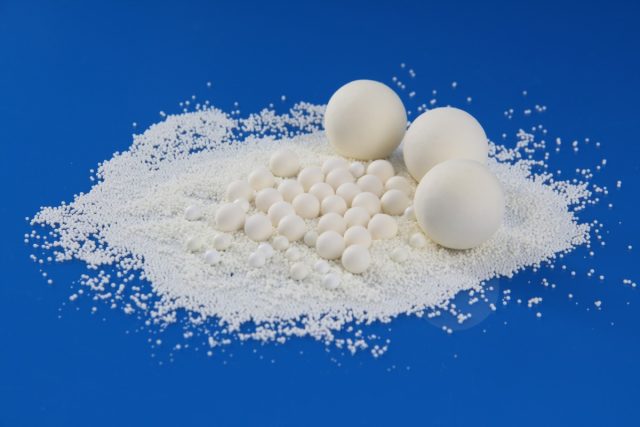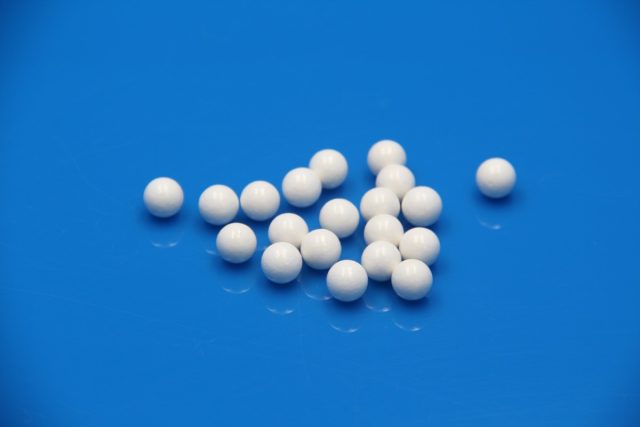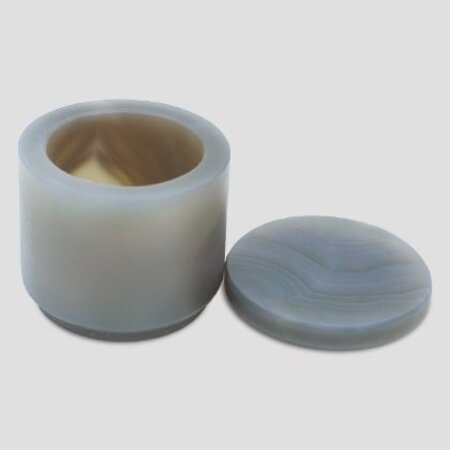Pyrolytic Boron Nitride Crucibles: Key Features and Industrial Applications
In the realm of advanced labware, Pyrolytic Boron Nitride Crucibles stand out for their exceptional performance and unique properties. These crucibles are essential tools in laboratories and industries where high-purity materials and precise thermal management are critical.
What is Pyrolytic Boron Nitride?
Pyrolytic Boron Nitride is a synthetic ceramic material created through the chemical vapor deposition process. This process results in a material that is highly pure, chemically inert, and capable of withstanding extreme temperatures. Pyrolytic Boron Nitride’s structure is similar to that of graphite, giving it excellent thermal conductivity and making it an ideal choice for applications requiring uniform heating and minimal contamination.
Key Features of Pyrolytic Boron Nitride Crucibles
High Purity: Pyrolytic Boron Nitride Crucibles are renowned for their ultra-high purity, making them ideal for processes where contamination is a concern. The absence of binders and additives ensures that the material remains free from impurities, maintaining the integrity of sensitive materials.
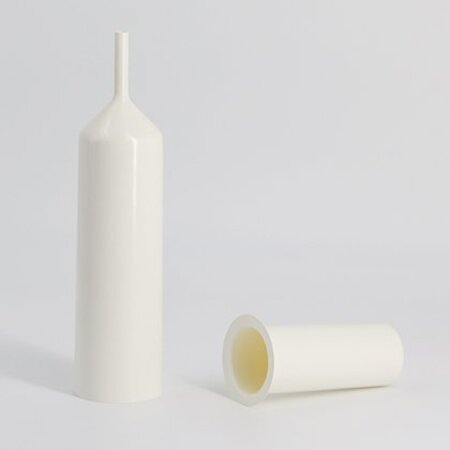
Thermal Stability: Pyrolytic Boron Nitride Crucibles can withstand temperatures up to 2000°C in a vacuum and 1500°C in inert atmospheres. This thermal stability makes them suitable for high-temperature applications, including crystal growth and material synthesis.
Chemical Inertness: One of the standout features of Pyrolytic Boron Nitride is its resistance to chemical reactions with acids, alkalis, and organic solvents. This property ensures that the crucible material does not react with the substances it holds, preserving the purity of the sample.
Non-Wetting Surface: Pyrolytic Boron Nitride Crucibles have a non-wetting surface, which means that molten materials do not stick to the surface, facilitating easy removal and cleaning. This is particularly beneficial in processes involving molten metals and glass.
Pyrolytic Boron Nitride Crucibles find use in a variety of high-tech industries, including:
Semiconductor Manufacturing: The high purity and thermal stability of Pyrolytic Boron Nitride Crucibles make them ideal for producing semiconductor materials, where even the slightest contamination can lead to defects.
Crystal Growth: In the production of single crystals, such as those used in laser technology, Pyrolytic Boron Nitride Crucibles provide a stable environment that promotes uniform crystal growth.
Chemical Processing: Pyrolytic Boron Nitride Crucibles are used in chemical vapor deposition and other processes where chemical resistance and high-temperature capabilities are required.
Pyrolytic Boron Nitride Crucibles are an indispensable component in advanced labware, offering unmatched purity, thermal stability, and chemical inertness. Whether in semiconductor manufacturing, crystal growth, or chemical processing, these crucibles provide reliable performance in the most demanding applications. By integrating Pyrolytic Boron Nitride Crucibles into your processes, you ensure that your materials and products maintain the highest standards of quality and purity.
